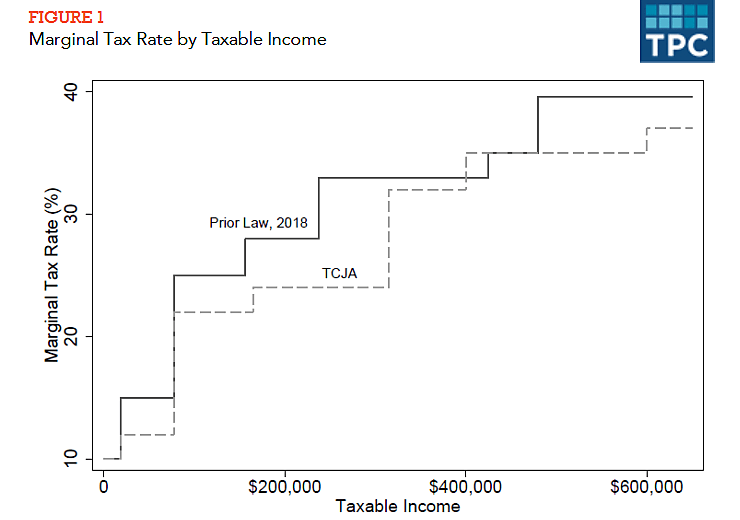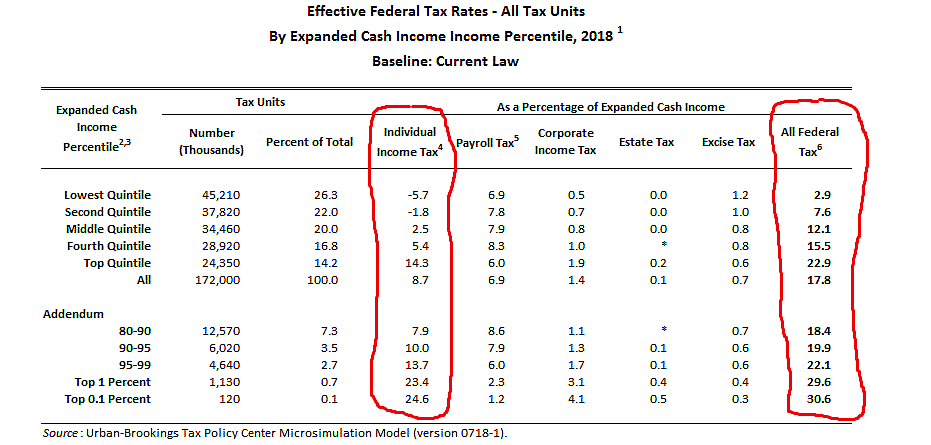“This is like declaring ‘ecstasy’ as a WMD,” an anonymous source from the Department of Defense counter-WMD community commented incredulously. This source was quoted by a Task and Purpose reporter investigating a Department of Homeland Security internal memo discussing designating the synthetic opioid fentanyl as a weapon of mass destruction. This is just the latest example of how misinformation and hysteria inform federal and state policy regarding the overdose crisis.
Policy makers maintain their state of denial about the role of prohibition in the overdose crisis. Denial fosters vulnerability to misinformation and “alternative facts” to prop up falsely held views. Denial that the war on drugs is responsible for most of the death and destruction surrounding illicit drug use makes policymakers susceptible to claims about fentanyl that are not based in reality.
Misinformation about fentanyl leads to avoidable stress and overreaction among first responders. But misinformation about the causes of the opioid overdose crisis causes much more harm.
Lawmakers and policy makers continue to believe the overdose crisis was caused by doctors too liberally prescribing pain pills. This ignores the government’s own data that shows there is no correlation between the number of pills prescribed and the incidence of nonmedical use or pain reliever use disorder. It ignores evidence that nonmedical drug use was on a steady exponential increase well before the doctors began prescribing more liberally, and is showing no signs of letting up. As I have written before, the main driver of the overdose crisis has always been prohibition. Policies that fail to recognize this and focus on reducing prescriptions only serve to drive nonmedical users to more dangerous drugs and make patients suffer in the process.
The WMD hypothesis probably derives from a lone instance in 2002 when fentanyl was pumped into a Moscow theater by Russian police to end a hostage crisis, resulting in nearly 200 deaths. The means by which it was aerosolized have never been made public. Much remains secret. American authorities believe a second disabling substance might have been mixed in with the fentanyl. And Russian doctors complained that delays in entering the building and the failure to have naloxone available contributed to the deaths.
However, a 2017 position statement from the American College of Medical Toxicology states, “At the highest airborne concentration encountered by workers, an unprotected individual would require nearly 200 minutes of exposure to reach a dose of 100 mcg of fentanyl… evaporation of standing product into a gaseous phase is not a practical concern.”
The urban myth that even minimal skin contact with fentanyl or an analog can cause a drug overdose has been difficult to eradicate. Because it not easily absorbed through the skin it took years of research before pharmaceutical companies finally devised a means to deliver fentanyl trans-dermally using a skin patch, now one of the most common ways it is prescribed in the outpatient setting. In its position paper, the ACMT also affirms that even extreme skin exposure to fentanyl “cannot rapidly deliver a high dose” of fentanyl.
Yet reports abound of first responders being rushed to emergency rooms after manifesting overdose symptoms upon exposure to fentanyl, only to be cleared and released upon evaluation. This may be attributable to the nocebo effect, an exquisite example of the power of suggestion that has a neurochemical explanation. Guidelines on preventing occupational exposure from the Centers for Disease Control and Prevention and first responder alertsfrom the Drug Enforcement Administration that state, “Exposure to an amount equivalent to a few grains of sand can kill you,” only serve to enhance the nocebo effect and feed the hysteria.
The DEA states almost all of the fentanyl it seizes is “illicit fentanyl”—fentanyl and fentanyl analog powders made in clandestine labs in Asia and now in Mexico. It is often purchased on the “dark web” and shipped to the US in the mail. Fentanyl’s appearance in the underground drug trade is an excellent example of the “iron law of prohibition:” when alcohol or drugs are prohibited they will tend to get produced in more concentrated forms, because they take up less space and weight in transporting and reap more money when subdivided for sale.
Licit fentanyl is an excellent drug, not usually produced in powdered form, and is used in many different clinical settings, not the least of which is in the operating room as an anesthetic adjunct.
Illicit fentanyl is mainly used to enhance the strength of heroin and as an additive to cocaine (for “speedballing”). Drug dealers also use pill presses to press fentanyl into counterfeit prescription pain pills and sell them to unsuspecting drug users.
The Drug Enforcement Administration recently moved several illicitly produced analogs of fentanyl to Schedule 1 (no known medical use), thus banning them.
This will do nothing to stop the fentanyl trade. The DEA already claims that almost all of the fentanyl seized is illicit fentanyl. Making it schedule 1 will not cause these labs to shut down or the cartels to stop their already lucrative trade. Dozens of fentanyl analogs have been developed and more are on the way. They are as easy to make in the lab as making meth from Sudafed or P2P.
As they develop scenarios and contingency plans for weaponized fentanyl, policymakers refuse to see that the actual weapon of mass destruction is America’s endless war on drugs.



